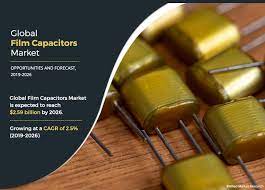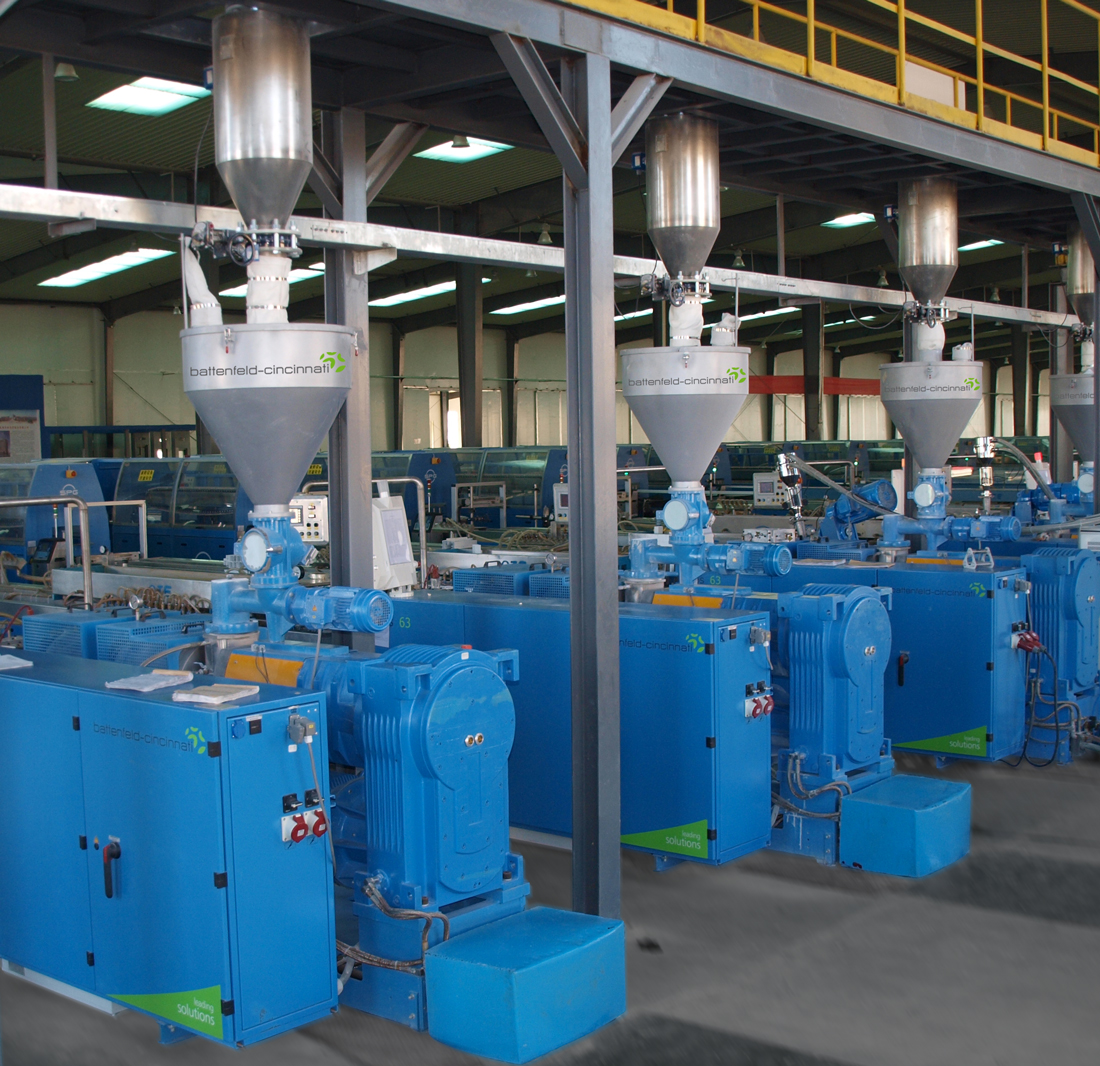
The profit margins for standard biaxially oriented BOPP films have continued to decrease and many BOPP producers are looking to move into added-value speciality films. Main general market trends for new packaging solutions, in our opinion, are cost reduction, sustainability, longer shelf life, substitution of aluminium foil and replacement of lamination steps. The convenience of transparent barrier films for product visibility is also driving their use.
Transparent BOPP barrier films – sequentially or simultaneously orientation?
Among the transparent high barrier films, the fastest growing film types are EVOH and SiOx coated film structures. Whereas SiOx and AlOx coatings are offline converting processes, the use of EVOH allows the implementation of a barrier function integrated in the film orientation process. The evaluation in pilot line scale was based on different EVOH grades with varying ethylene content values. The proportion of ethylene content will have a significant influence on the stretching performance as well as for the oxygen transmission rate (OTR) barrier results. Typically, a higher ethylene content gives better orientability, but on the other hand results in lower OTR barrier properties. Results also depend on the suitability of the available EVOH grades for the sequential stretching process.
According to our evaluations, standard EVOH grades with ethylene contents of 48% and above, a modified grade with 44% ethylene as well as modified grades with 38% ethylene can be biaxially stretched in the sequential mode with excellent optics and OTR values. Recently, sequentially oriented EVOH based BOPP barrier films with thin EVOH layer thicknesses in the range of 3-4 micron result in OTR values of 10 cm3/m2 day bar, which qualify these products for many packaging applications, e.g. lidding films for barrier trays.
As an alternative to investment in a new sequential BOPP line, the upgrade of an existing sequential line to 7-layer structures is technically and economically very feasible. Especially by modifying lines with a small working width into a special purpose line gives customers the following benefits: output increase, new products with the latest-developed resins (e.g. modified EVOH), ability to produce highest grade films with special recipes, readiness to compete in future markets.
On the other hand, the earlier produced simultaneous BOPP barrier films using EVOH grades from Kuraray with low contents of ethylene – even down to 24% – gave the best barrier values, down to 1.4 cm3/m2 day bar and therefore allowed the thinnest EVOH layers (approx.1 micron in the final film), saving barrier material. These transparent barrier films are possible to produce on a BrücknerLISIM® line for speciality films.
One-shot technology or »integrated production process«
A next possible future move for further cost reductions could be the total elimination of lamination steps. Nowadays, the production of a barrier film laminate based on vacuum coating technology (e.g. aluminium, SiOx, AlOx) usually takes four processing steps:
«Extrusion of the carrier film(s), e.g. BOPP, BOPET, BOPA
«Extrusion of the sealing film, e.g. c-PP, c-PE
« Barrier coating of the carrier film
«Lamination of sealing layer to carrier layer or layers (duplex/triplex)
The main driving factor in the film supply chain are costs. So it would be an advantage, firstly, to save material by reducing thicknesses; secondly, to produce a barrier film with all required functionalities in addition to sealing properties, by using a one-step extrusion process and a following biaxial orientation with the simultaneous tenter frame process. The concept of »integrated production process« implements all necessary functionalities in one processing step.
Ultra-high barrier metallised and SiOx coated BOPP UHB films – simultaneous biaxial orientation
Besides EVOH based, predominantly transparent barrier films, metallised, simultaneously biaxial oriented »ultra-high-barrier« or UHB films with exceptional OTR values have been developed. Also transparent UHB films with SiOx coating can be produced. A very thin 0.5-0.8 micron surface layer of a so called »high surface energy polymer« results in a very strong bonding of the evaporated aluminium to this film surface, among others due to a very high surface energy in the range 52-56 dyn. No surface treatment such as corona or flame is necessary to reach these stable surface energy values. By using standard optical densities exceptional OTR values down to 0.2 cm3/m2/day bar (0.013 cc/100in2/day bar) have been obtained, a typical WVTR value is 0.3 g/ m2 day (0.02 g/100in2/day bar) at a film thickness of 15 micron. As the high surface energy polymer layer can be applied in thicknesses clearly below one micron a cost-efficient production is possible.
Alternatively, a transparent SiOx coated UHB film with similar barrier values, but offering an excellent product presentation, has been manufactured. At the moment a UHB film with the given polymer layer composition can be obtained without optical defects only by the simultaneous biaxial tenter frame process. The UHB films OTR values of 0.2 cm3/m2/day bar (0.013 cc/00in2/day bar (23°C or 74°F/75% RH) approach those of aluminium foil and are about 250 times lower than that of standard BOPP metallised films, which are in the range of 40-70 cm3/m2/day bar.
Aluminium foil is essentially impenetrable by moisture and oxygen. However, when packs made with foil are subjected to the repeated manipulation and handling that are common with manufacturing, cartoning, shelf stocking and consumer handling in the retail environment, they can develop pinholes and become permeable. Further arguments of using metallised BOPP ultra high barrier films as a substitute are a) increasing aluminium prices and b) aluminium foils have a thickness of 7 micron, whereas the aluminium coatings on BOPP films are in a thickness range of 40-60 nm.
Further developments for UHB BOPP film – WVTR / OTR improvements
Recent BOPP-UHB screening trials at the Brückner pilot line with special additives have shown potential for a further improvement of the WVTR from 0.3 g/m2/day to values below 0.2 g/m2/day. Further trials will aim for further improvements of the UHB barrier values at reasonable costs, for example, by using novel nano-composite barrier materials and reduced additive contents. New resins for the skin layers have shown promising results regarding the metal adhesion, which will undergo future testing at the Brückner pilot line in the sequential stretching mode.








